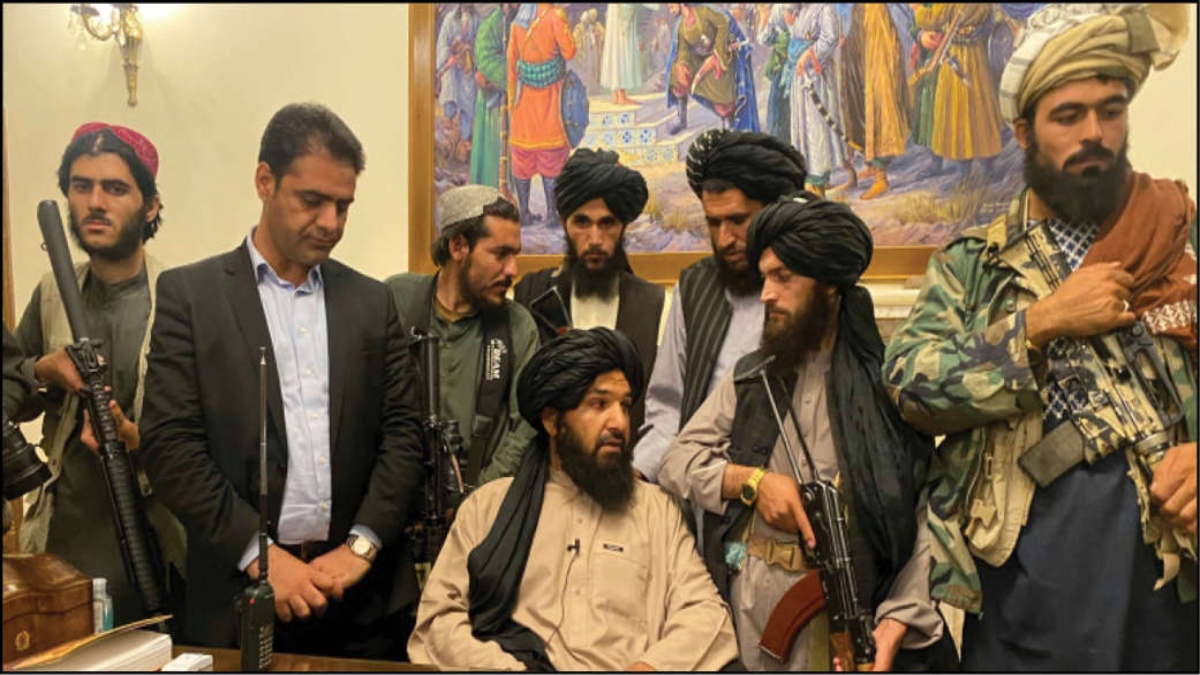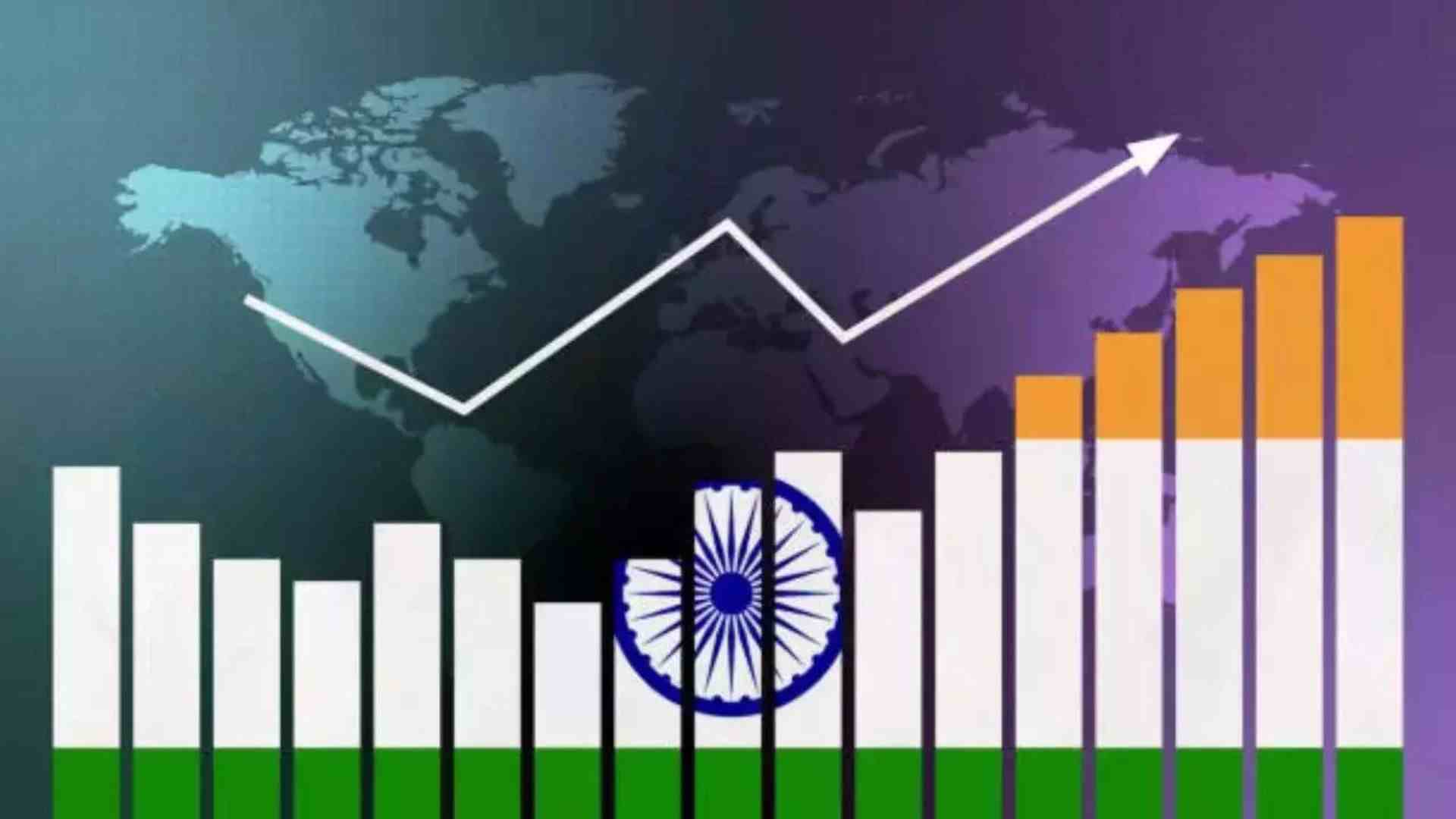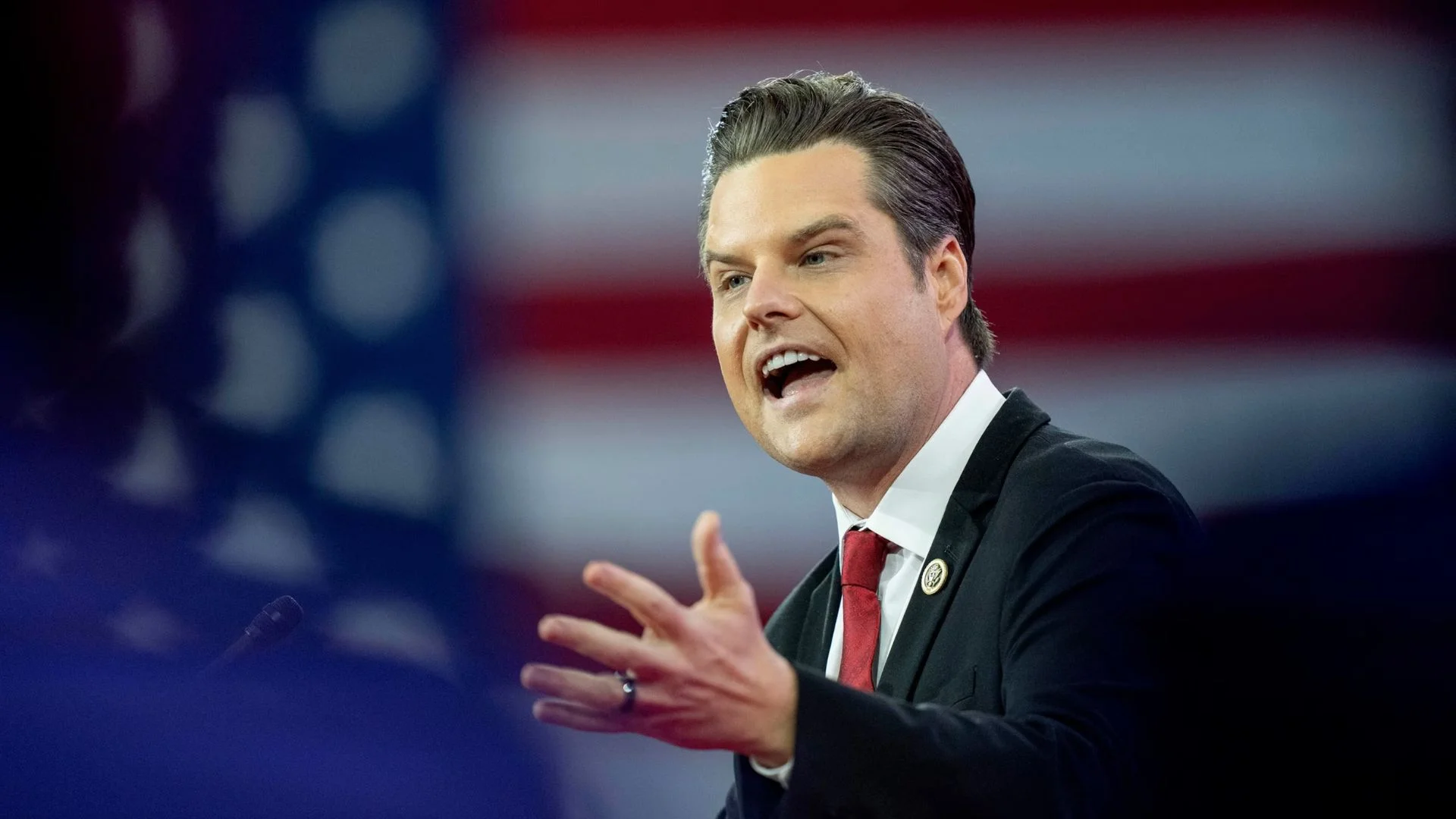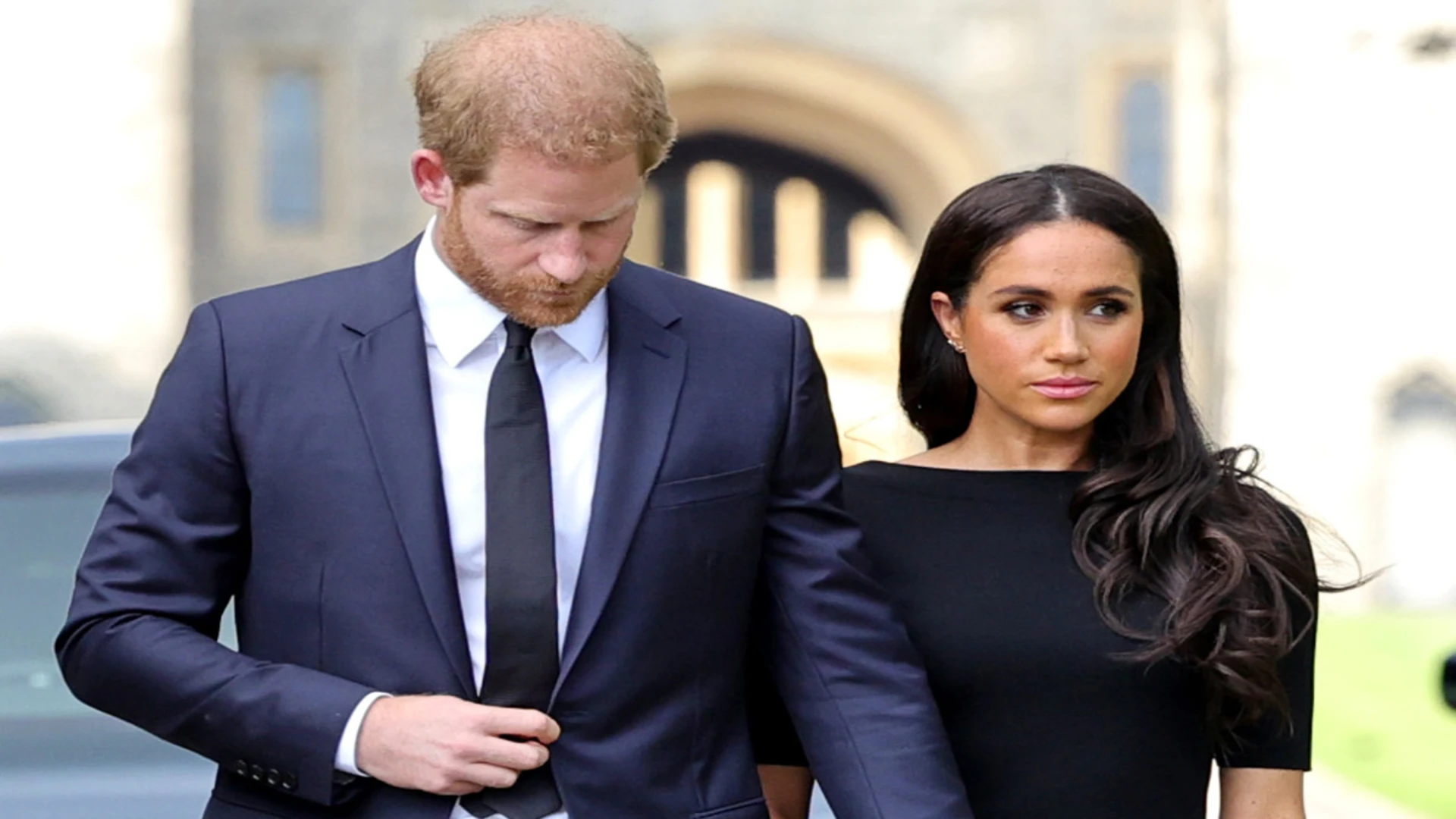
There is a spate of writings from experts counselling India on its Afghanistan policy following the return of the Taliban-led regime in Kabul in August, that was marked by an unconcealed mentoring by Pakistan in matters of appointment of the Emir as well as the constitution of the new cabinet. Many analysts see “redeeming” features in the Taliban rule this time and rush to imagine factors that would compel the radical forces to “moderate” their outlook and respect the opinion of the world outside. They believe that the ability of the Taliban to maintain their offensive was adversely hit by the “tribal” divisions in Afghanistan, differences between the Pashtuns on the two sides of Durand Line, rise of an anti-Pakistan opinion within the Taliban rulers, economic “compulsions” and the deterrent technology of drone attacks perfected by the US as an effective way of getting at the leadership of Islamic radicals. On this theoretical construct alone they have advocated that India must have talks with the Taliban. The principle of security assessment, however, is that the tentative “positives” should never be allowed to override the hard “negatives” in a threat scenario. The paradigms of the mounting radicalisation of the Pak-Afghan belt remain unchanged particularly from the Indian perspective. India has rightly decided to first see what “moderation”, if at all, the Taliban Emirate would show this time before we could think of having any dealings with it.
There is plenty to prove that the Taliban have regained the Emirate in Afghanistan on a much stronger footing than what was the case when they had first come to power in Kabul in 1996. Even at the time Pakistan had sent the Taliban, known for their radicalism, to Afghanistan to ruthlessly control the anarchy prevailing there because of the fighting between the Northern Alliance and the Islamists following the withdrawal of Soviet Army. The Pak ISI worked from behind the curtain to install the Emirate under the Taliban and persuaded Saudi Arabia and UAE to recognise the new regime as a symbol of victory of Islamic forces against their “nationalist” opponents. Mullah Omar was a close relative of Osama bin Laden and the Taliban- Al Qaeda combine soon bared its fangs against the US-led West that was its primary enemy in terms of historical legacy. Gen Ahmad Shah Massoud of the Northern Alliance had warned the European Union Parliament in April 2001 of the plan of Al Qaeda operating out of Afghanistan to hit the US in a big way. He was assassinated two days before 9/11.
The US-led “war on terror” directed against the Taliban rule in Afghanistan was an asymmetric conflict, with the Mujahideen taking on the US military might as a guerrilla force and repeating the spectacle of what had happened in the anti-Soviet armed campaign that had been allowed by the CIA-ISI combine to be run on the war cry of jihad. As President Ashraf Ghani’s government, aided by the military logistics of the US, did not help matters, Pakistan this time around was able to play the role of a mediator between a grateful Biden Presidency and the Taliban at the end of the 20 years of “war on terror”. The Taliban sensed the desperation of the US to pull out its troops from the messy theatre and with collaboration of Pakistan made deft moves to get the better of the other side during and after the Doha negotiations.
There is an awareness in the US camp of Pakistan’s duplicitous role in the “war on terror” that was essentially a combat between Islamic radicals and the US-led West, but very little understanding of how the radicals carried the historical memory of the 19th century jihad launched by Shah Waliullah, a follower of Abdul Wahab, against British India. It was also seen that Pentagon’s assessment of the Pak army being the same ally which was on the US side during the Cold War, was largely obsolete and that there was no base of Intelligence to presume that the inalienable bonds between Taliban and Al Qaeda had faded away to a point where the Taliban could even be willing to restrain Al Qaeda from operating from Afghan soil.
Moreover, there is some realisation that Zalmay Khalilzad had committed a strategic mistake by holding the Doha talks completely behind the back of the Ashraf Ghani government and thus starting off the negotiations on a note of total appeasement of the Taliban. Finally, the US now seems to have the comfort of distance in relation to Afghanistan, where Pakistan—still considered friendly enough not to let the Taliban leadership indulge in any hostile act American assets—could be of help to the former. Biden administration’s focus is on a resurgent China that was striving to emerge as the second superpower. In its preoccupation with the challenge in the Indo-Pacific, the US seemingly undervalued the importance of the Sino-Pak military alliance in providing a strategic advantage to China in Afghanistan.
Analysts overrate the tribal contradictions in Afghan society as a factor detracting from the ability of the Taliban to dominate the country. The advent of Islam marked the success of religious brotherhood in prevailing over any other identities and Pan-Islamic sentiments have, if anything, grown stronger. Islamic radicals of Taliban, Al Qaeda and ISIS call for “revivalism” of faith as it existed in the times of the early Caliphs and this is a mandate that no faithful could openly find fault with. Also, the political boundary between Pakistan and Afghanistan is an artificial line that does not create a socio-religious division amongst the Pashtuns on the two sides—the above-mentioned jihad of the Wahabis on the Indian sub continent against the British occupation of “Muslim land” had its epicentre in Swat in Khyber Pakhtunkhwa and though unsuccessful, it had left the NWFP-Afghan region highly radicalised for the future. The inclusion of Haqqani and other internationally designated terrorists in the Kabul cabinet makes it unlikely that Taliban would have at the leadership level any elements hostile to Pakistan. With Pakistan and China willing to alleviate the economic distress of the Afghan Emirate and the determination of the radicals to do with less, the regime was not likely to climb down on its ideological extremism. Deterrence of drone attacks would make the radicals cautious but not demoralised.
A major flaw in the Western threat assessment is the easy acceptance of the view that there was contradiction between Al Qaeda and ISIS—the reality was that there was competition, not conflict among them. The suicide bombing at Kabul airport and more recently at a Shia mosque attributed to the ISIS was to push the radical agenda further. Islamic radicals consider Shias—again for historic reasons traceable to the Kharijite revolt against Caliph Ali—as an enemy next only to the US-led West. Pak ISI’s record of floating Al Qaeda and IS fronts on its soil creates a legitimate suspicion that it would be interested in keeping the cauldron boiling in Afghanistan. Pakistan never had any problem with Islamic radicals and Prime Minister Imran Khan has been for some time now, regretting the support rendered by his country to US in the “war on terror”. Pakistan is politically and militarily inclined towards China and is on the side of Islamic radicals in their ideological conflict with the US. Imran Khan has described the Afghans as his brothers-in-faith. All of this adds a new dimension to the emerging Cold War between the US and China as Communist dictatorships and regimes subscribing to Islamic radicalism had come on the same page at least for the time being. This impacts India’s strategic thinking as well.
India has done well to maintain that the Taliban government was not inclusive, prefer the intervention of the international community through the UN to get the Kabul rule to respect equitable rights of the Afghan nationals and ensure security of the minorities and declare that India valued friendship of peace-loving Afghans but disapproved of terrorist outfits. India is also working with Russia, Iran and Central Asian republics in the neighbourhood of Afghanistan on various forums to oppose the use of Afghan territory for terrorist activity—this helps to build an international understanding of India’s concern that a new threat may arise in Kashmir from the developments in the Af-Pak region. Pakistan is apparently trying to encourage communal militancy in India and revive terrorist violence in Punjab too. We have to have our own strategy for safeguarding internal security in the new situation—the Home Minister is already seized of the matter. India basically needs to deal with Pakistan with an iron fist, keep Chinese activity on LAC under watch and step up action against Pak agents operating on our own soil with or without a political cover.
D.C. Pathak is a former Director of the Intelligence Bureau.
Analysts overrate the tribal contradictions in Afghan society as a factor detracting from the ability of the Taliban to dominate the country. The advent of Islam marked the success of religious brotherhood in prevailing over any other identities and Pan-Islamic sentiments have, if anything, grown stronger. Islamic radicals of Taliban, Al Qaeda and ISIS call for “revivalism” of faith as it existed in the times of the early Caliphs and this is a mandate that no faithful could openly find fault with.















